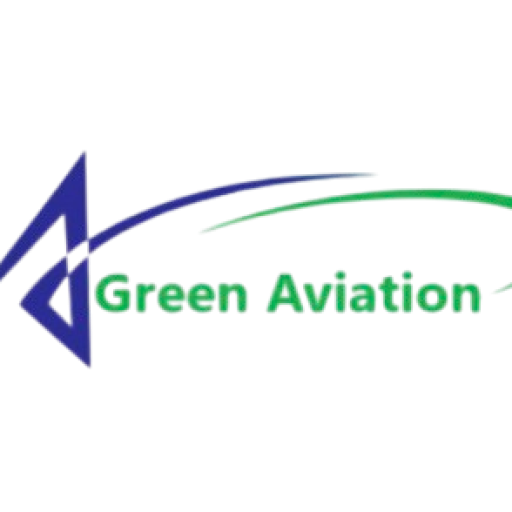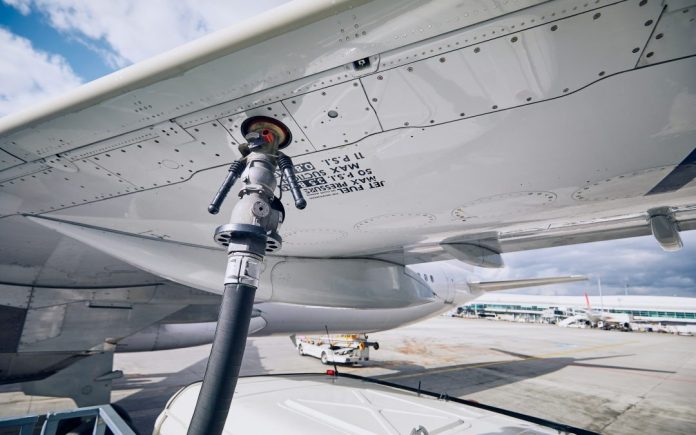This Content Is Only For Subscribers
Authors: Kristin C. Lewis1, Nathan L. Brown, William R. Goldner, Zia Haq, Season Hoard, Johnathan E. Holladay, Michael P. Wolcott
Publication Date: 26 September 2024
Category: SAF
Article Link: https://www.frontiersin.org/journals/energy-research/articles/10.3389/fenrg.2022.1005493/full
DOI: https://doi.org/10.3389/fenrg.2022.1005493
Abstract (Official): All forecasts for aviation expect continued growth in the sector over time. It will take some time for the aviation sector to return to pre-pandemic levels of activity, with some estimates putting this recovery to 2024 and beyond (Airlines for America, 2021a), and this recovery will likely be affected by traveler willingness, workforce availability, and other factors. Nevertheless, the long-term perspective suggests that aviation will continue to grow based on its value proposition to society of safe, efficient, high-speed movement of goods and people. This growth in traffic and locations of service will result in accompanying increases in fuel demand (Fleming & de Lépinay, 2019). Under current practices, this expansion of traffic would lead to increased carbon emissions. However, the aviation sector has made several commitments to addressing carbon-dioxide emissions.
GAT Editor’s Comments: For a SAF to be successful it must:
(1) Be economically viable.
(2) Avoid environmental damage in its production.
(3) Meet social sustainability goals
– The key challenges for commercial scale SAF deployment include cost, supply chain development and risk management, and demonstration of sustainability.
– SAF currently cost more than conventional petroleum-based jet fuel. This cost differential is a significant challenge for airlines and will likely hinder widespread adoption


